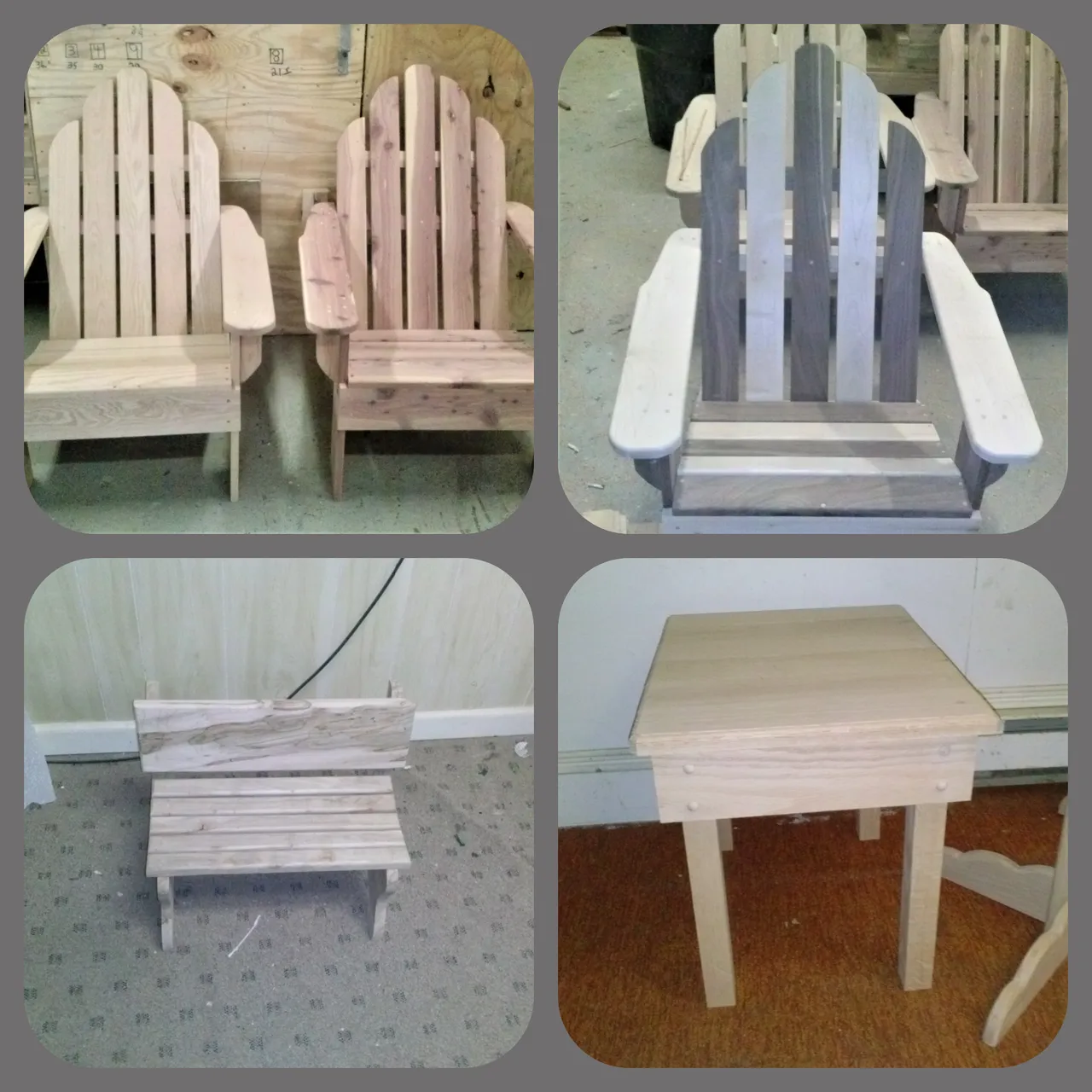When taking a look at this week's Silver Prompt: Passive Income, I needed to clarify exactly what this meant, and here is what I found.
"Passive income is any money earned in a manner that does not require too much effort. There are several passive income generating ideas that require a lot of work, to begin with, like developing a blog or leasing property, but eventually, they earn money even when the owner is asleep."
https://corporatefinanceinstitute.com/resources/accounting/passive-income/
After reading a few articles on this topic I thought that what I wanted to write about in this blog didn't really fit the topic. But, when I took a better look at the prompts I figured that the last prompt fit the bill.
"Do you do any activities that you expect to generate passive income in the future, such as designing, writing a book, composing music, etc? Tell us about it."
The etc. is where I'll be headed. If designing, writing a book, or composing music fits the situation, then making different articles from wood and selling those items at flee markets and different craft fairs may also be on point.
Since Passive Income is supposed to be had with little work, then I'm in. I haven't worked a day since I retired, all I do now is hobbitize.
The Mill
Our family sawmill was purchased over 10 years ago and has produced all of the lumber I needed to make everything you will see in this post.
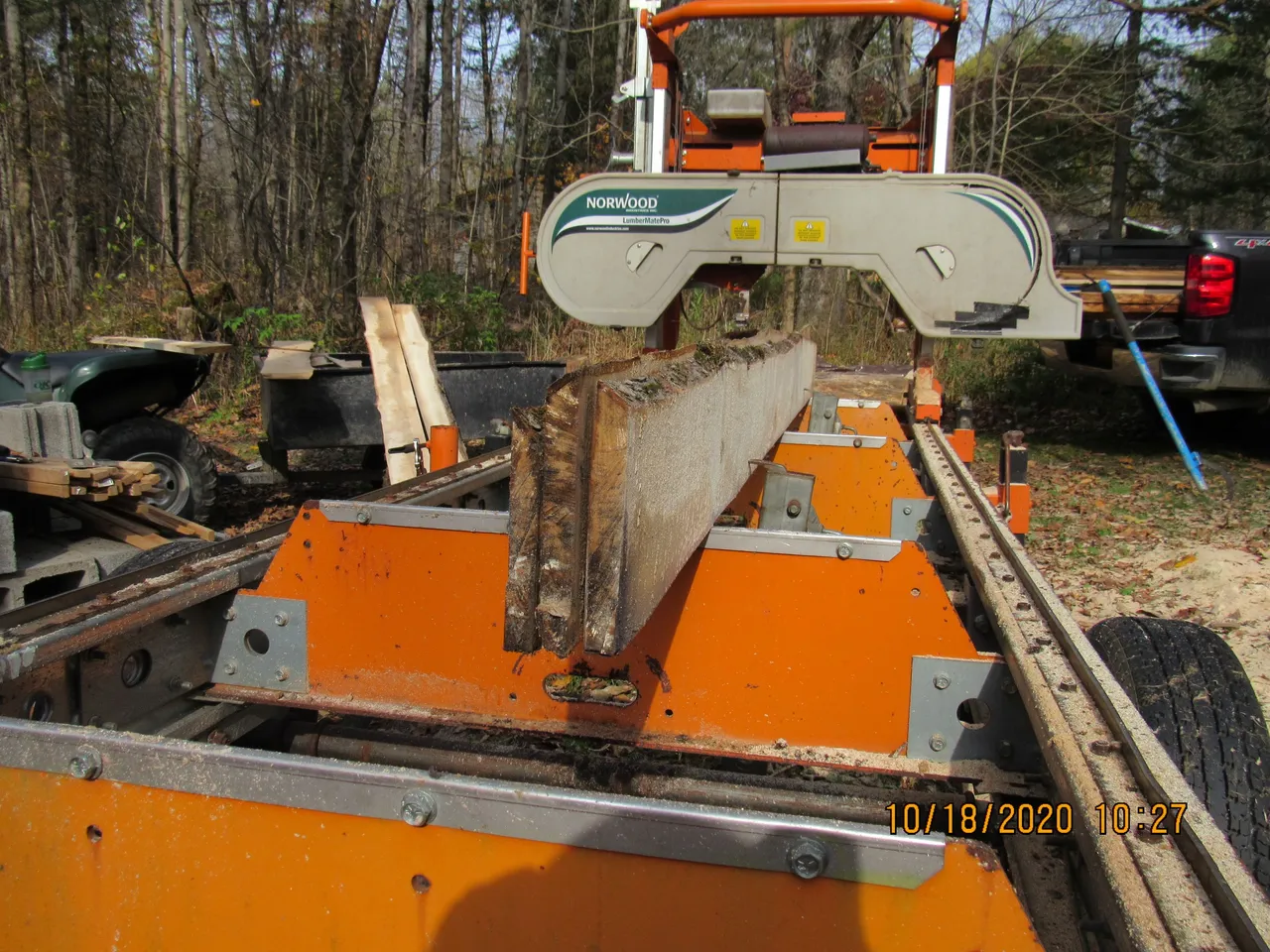
Besides using the lumber we mill for many different projects, much of it is sold.
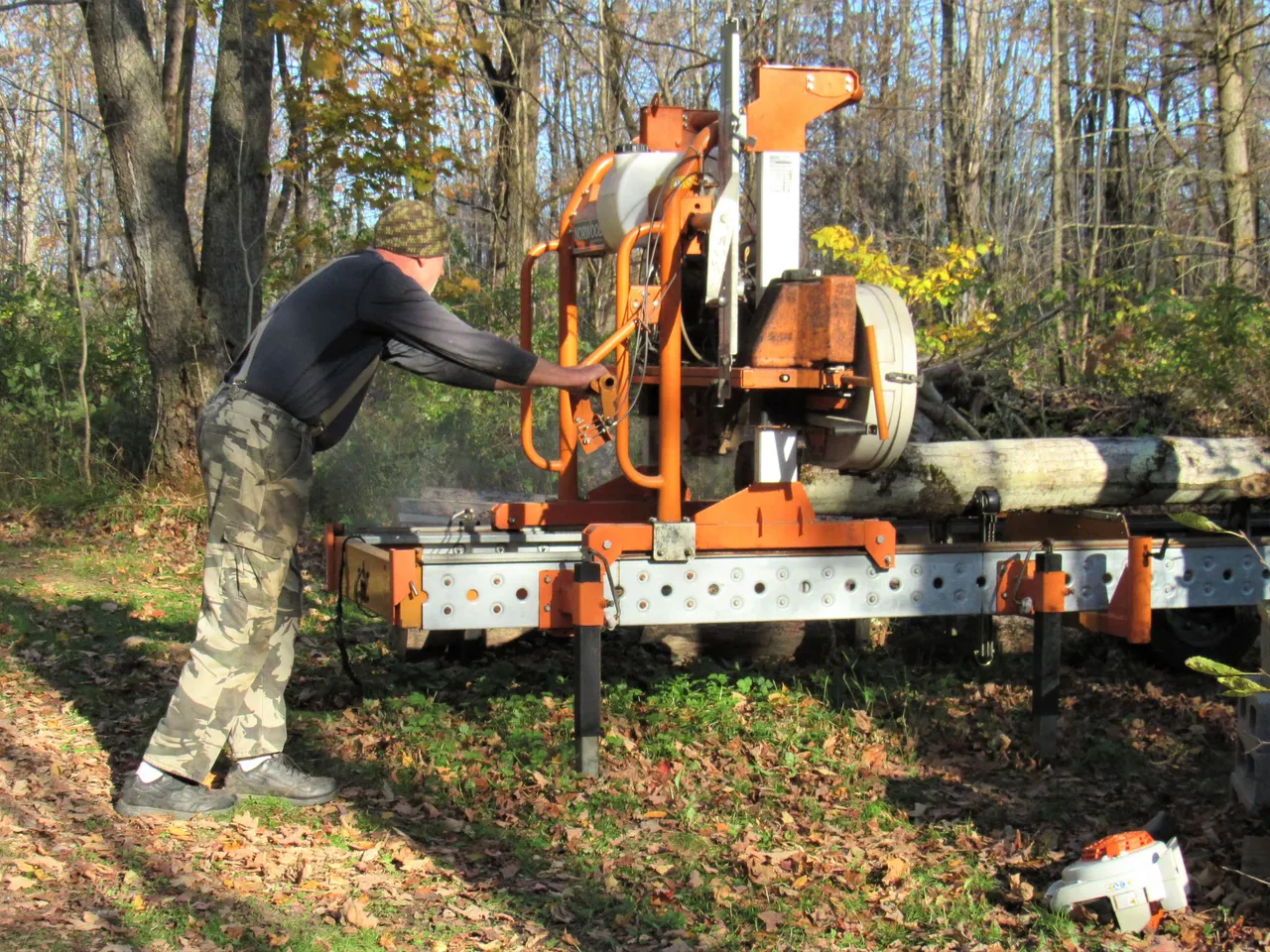
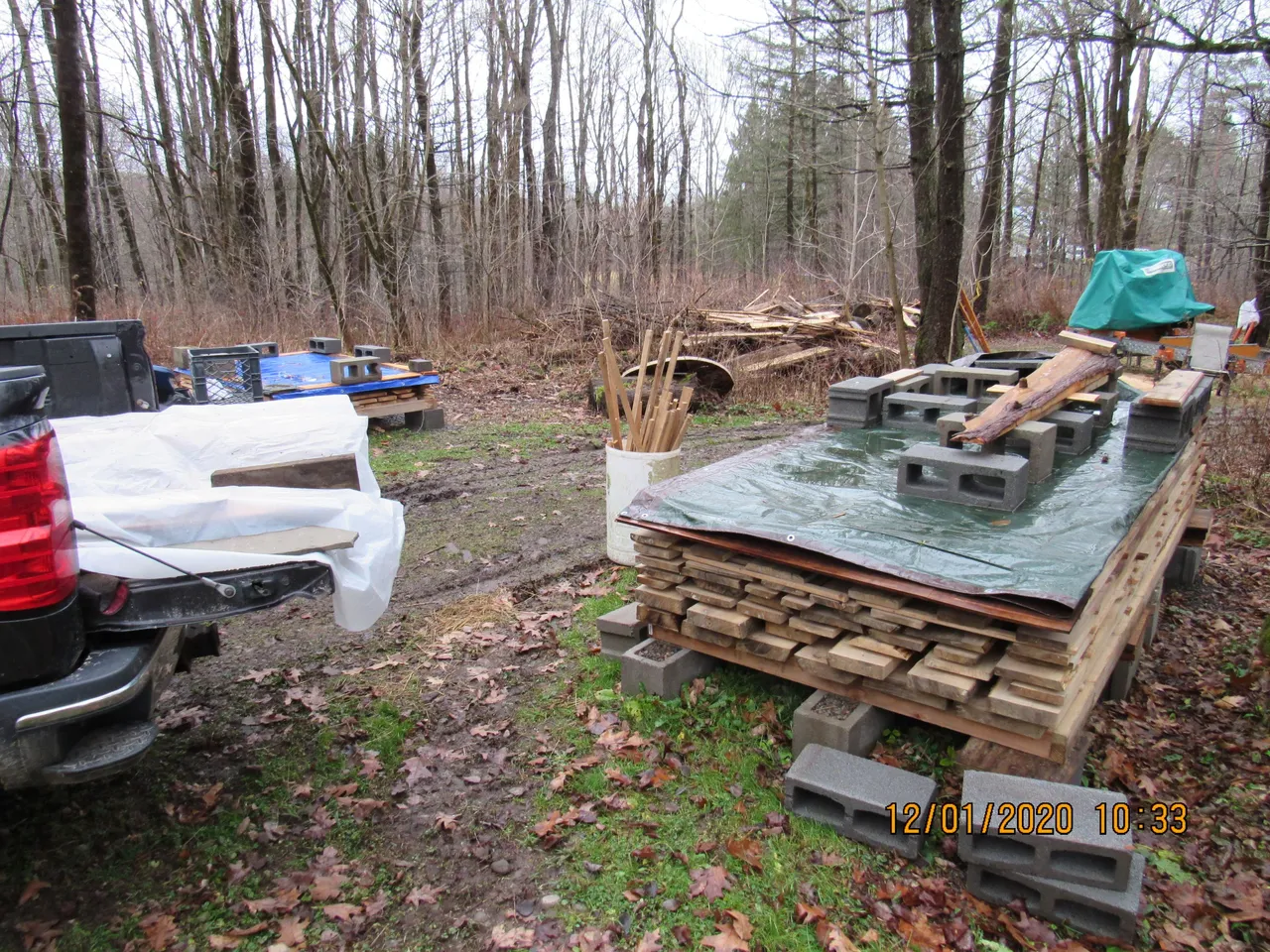
The lumber from the pile above has brought a premium price due to its special characteristics.
Starting from the right hand corner of this collage and going clockwise we have Country Maple, Ash Heart Wood, Ambrosia Maple, and Spalted Maple.

The wooden cutting boards that I make go like hotcakes. I use many different species of wood, including Hard Maple, Hickory, Black Walnut, Black Cherry and Tiger wood. Tiger wood is a tree species that is imported from tropical western Africa and Brazil. It's a very hard wood and is used for hardwood flooring.
Just before retiring six years ago my sons and I installed a floor using this wood and I saved every scrap, knowing that all of the cutoffs could be used for cutting boards.
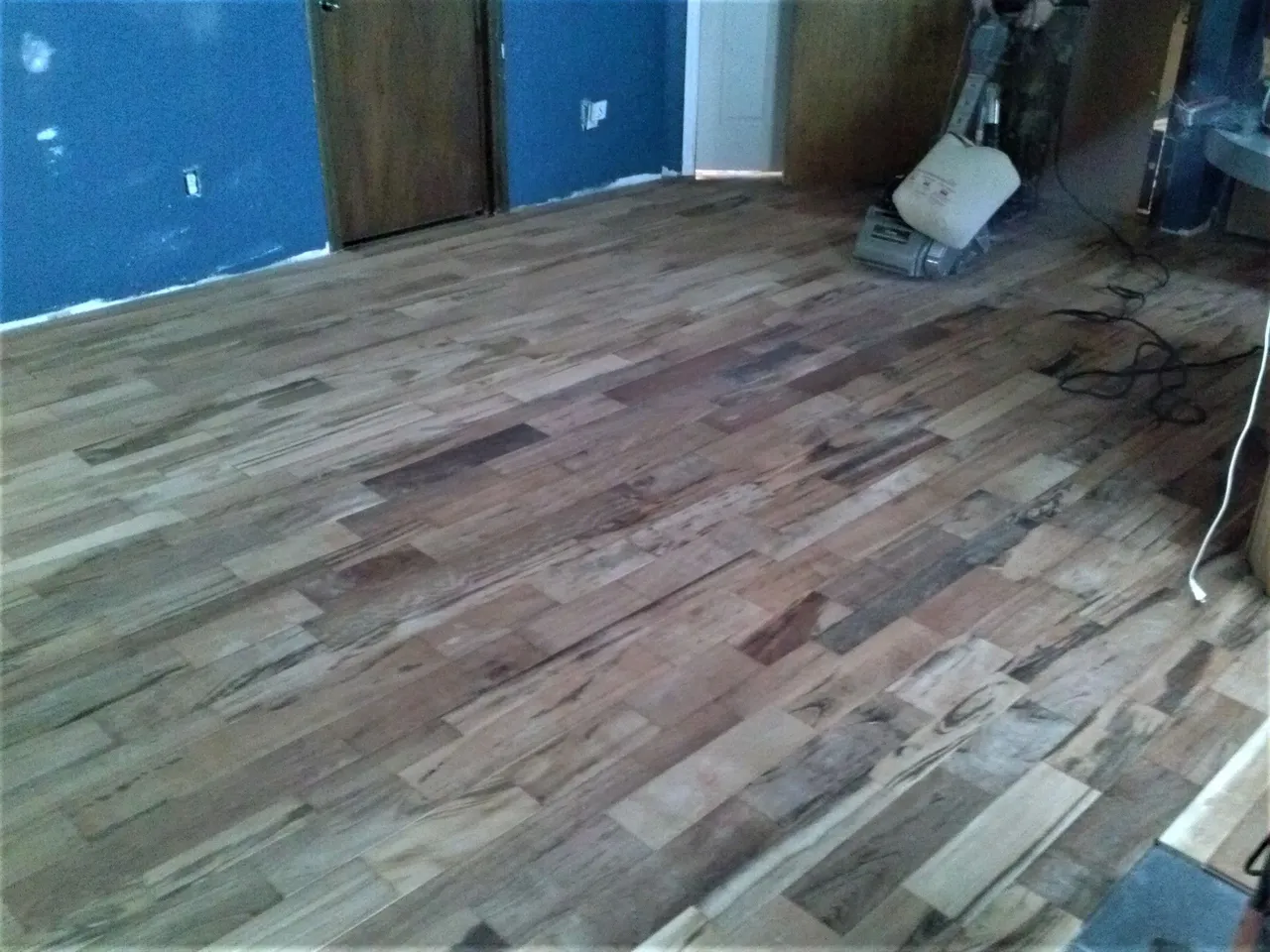
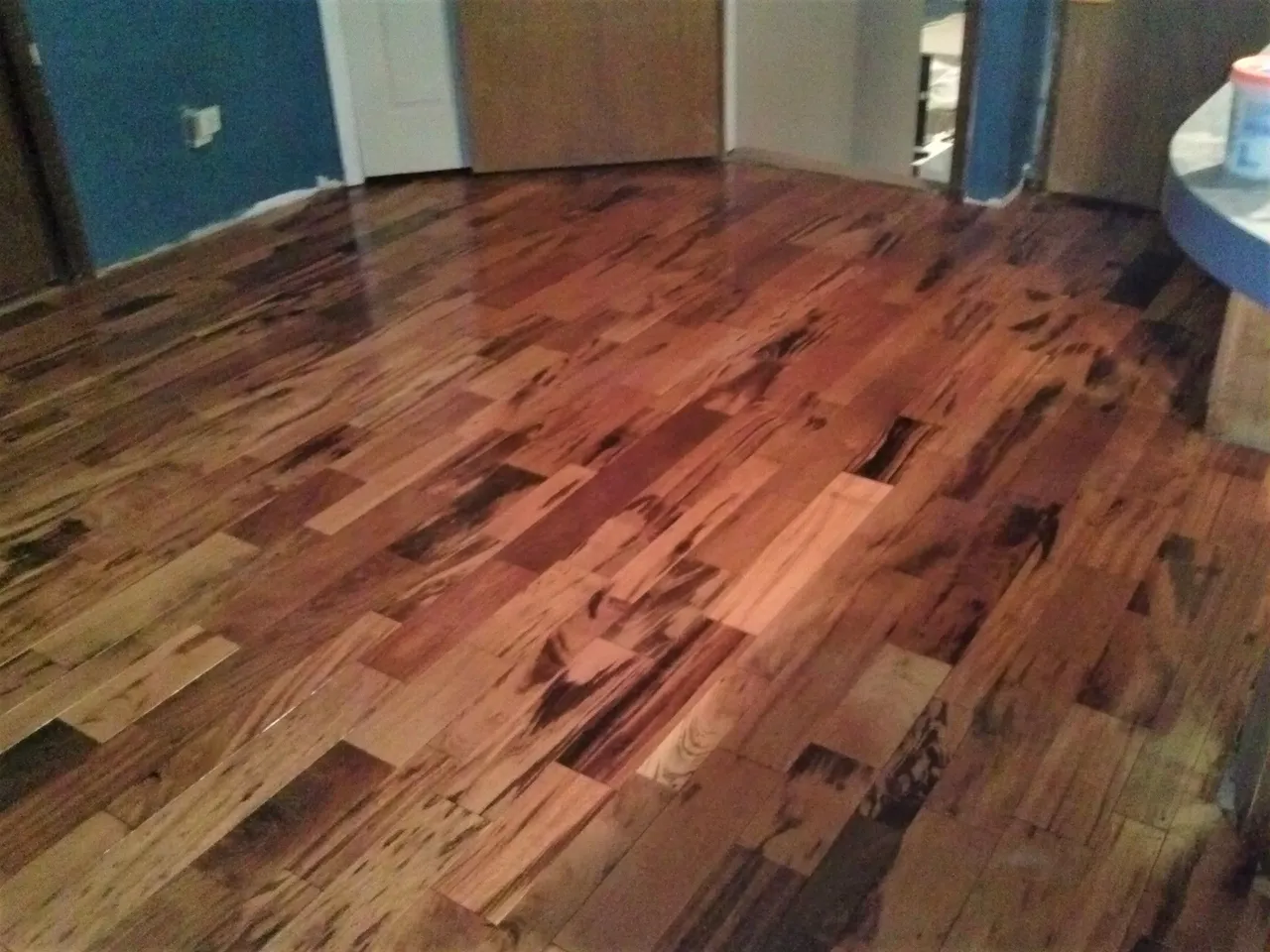
After they have all been sanded to a fine texture,

they are finished with Tried & True.
This product is safe for food contact, and it also helps to bring out the natural grains of the wood. Most cutting boards are coated with mineral oil which does not penetrate the wood very well.
Because Tried and True contains beeswax, it's moisture resistant
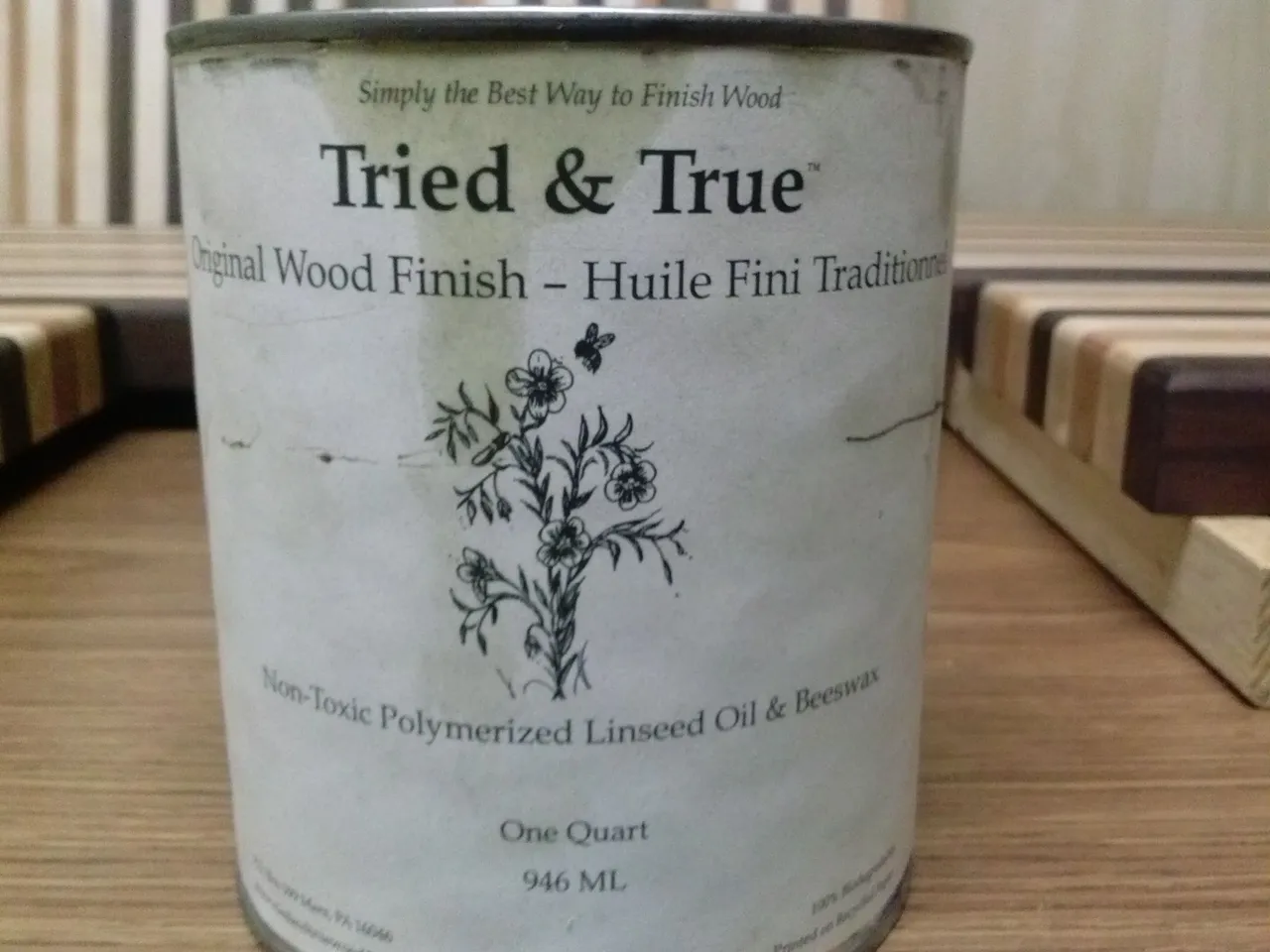
and penetrates the cells of the wood, protecting it for years.
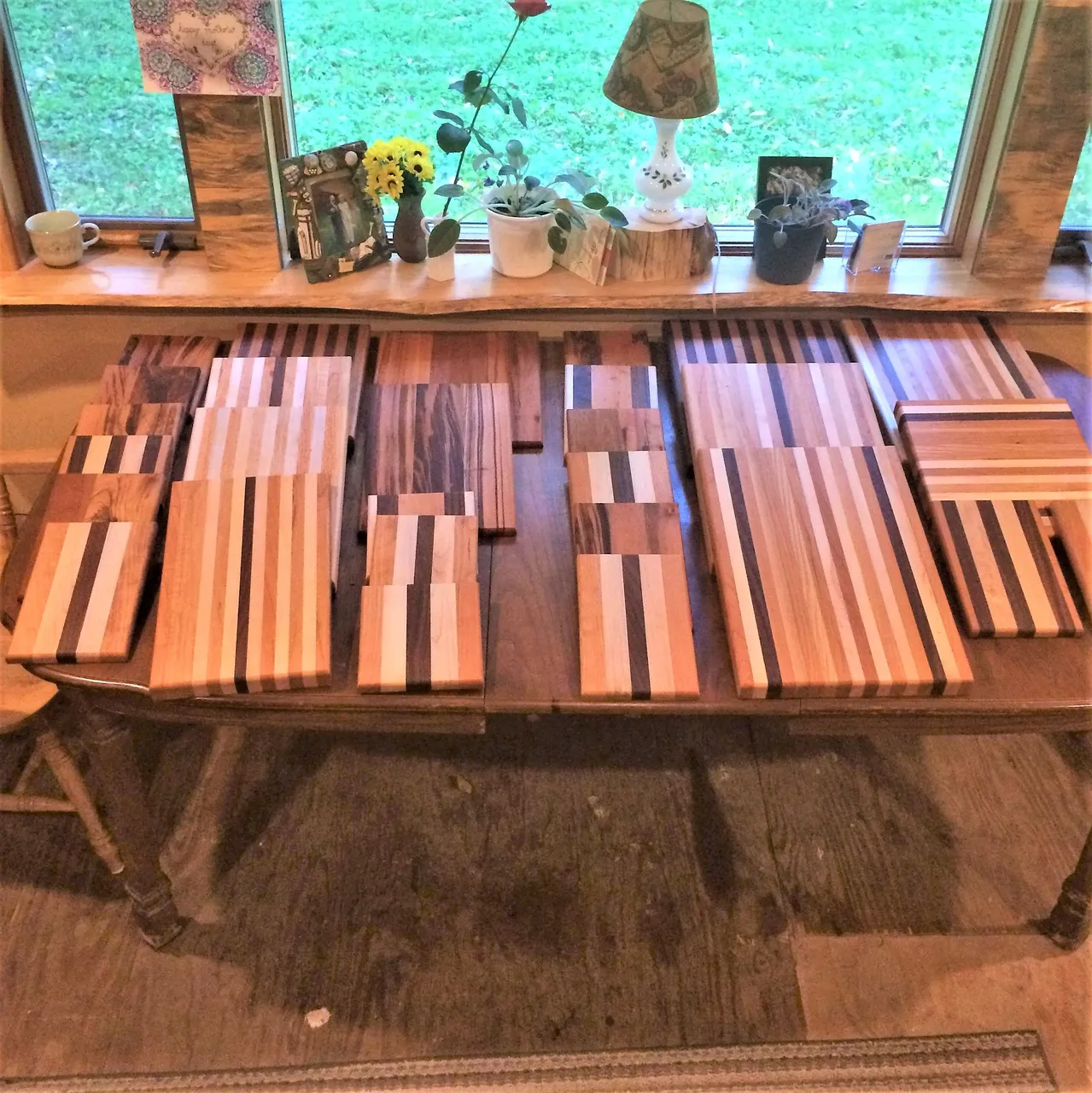
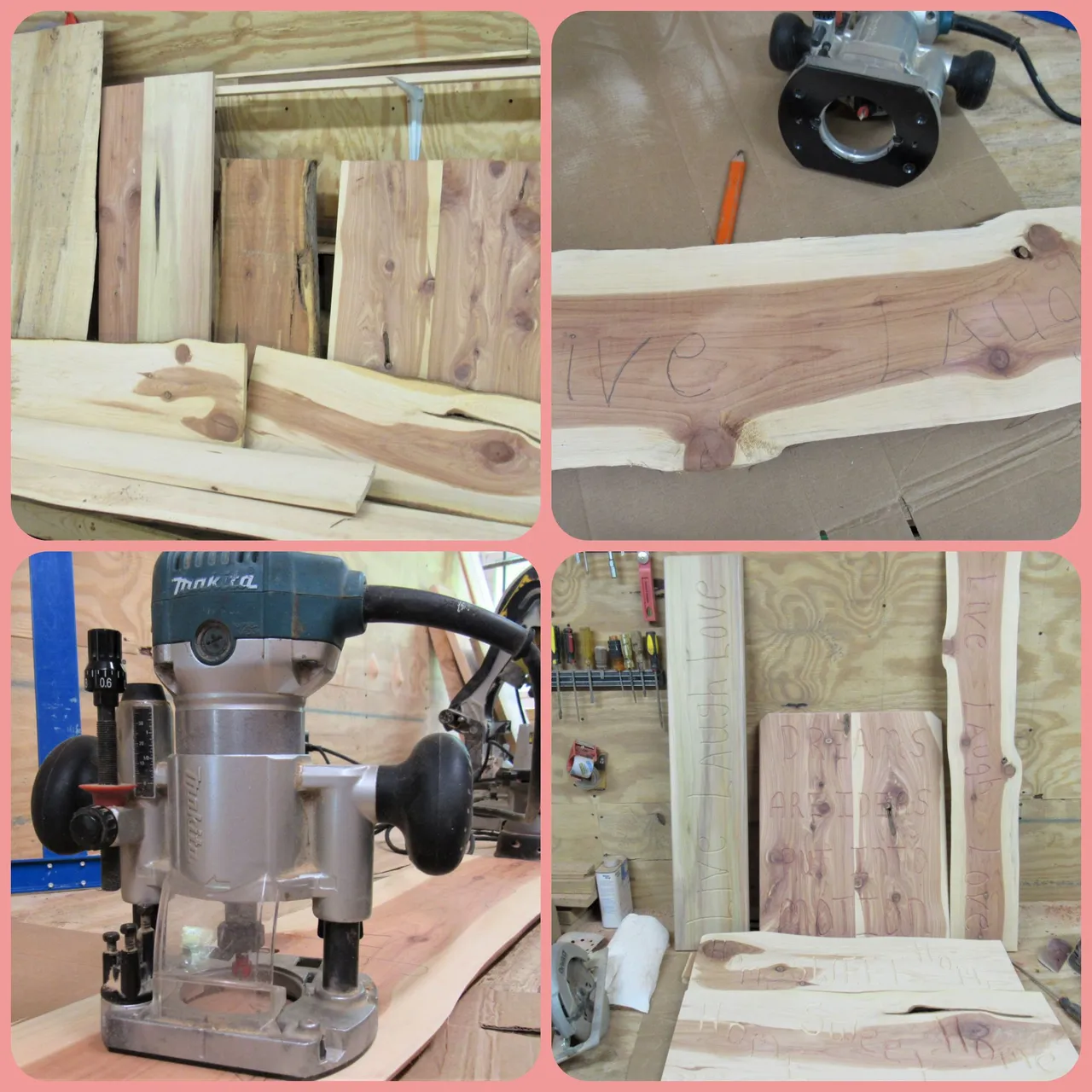
When finishing these pieces I use Helmsman Spar Urethane. I have found that this product
does exactly what it states it will do, protect the wood from sunlight, rain, weathering, and moisture.
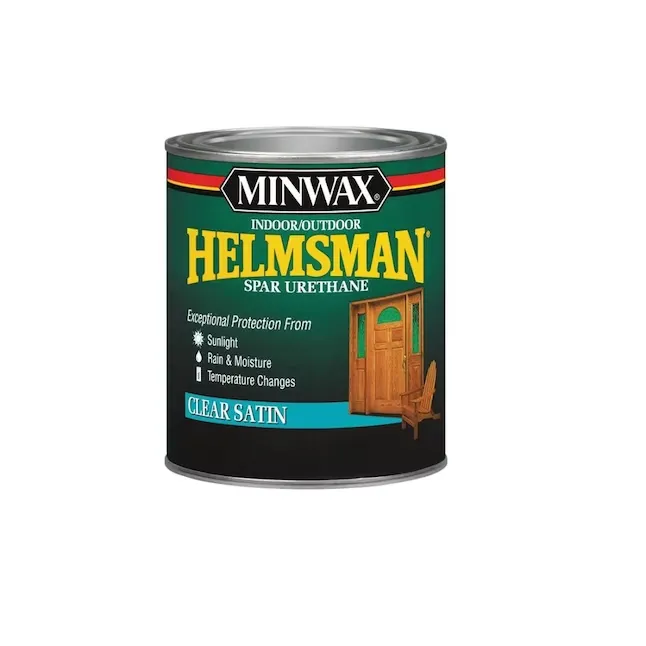
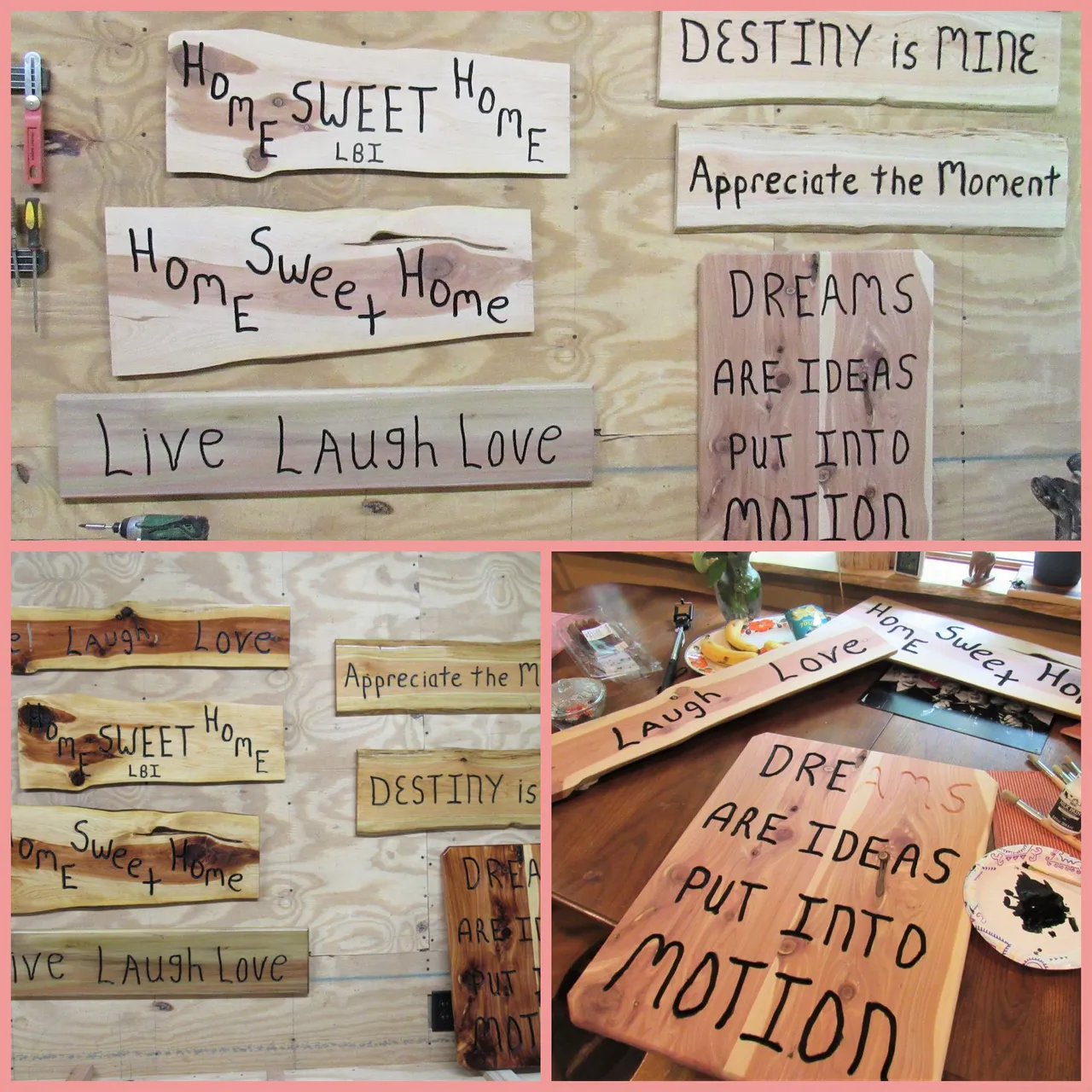
Adirondack Chairs, kid's benches, and end tables are also brought to market.
